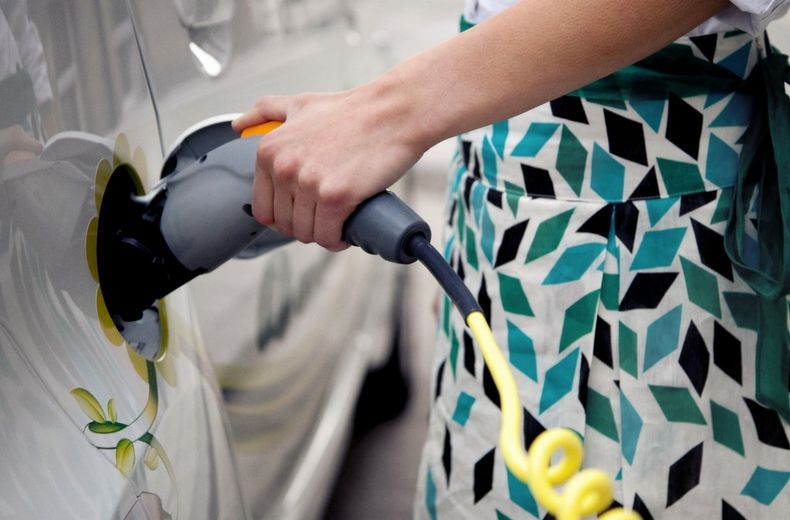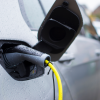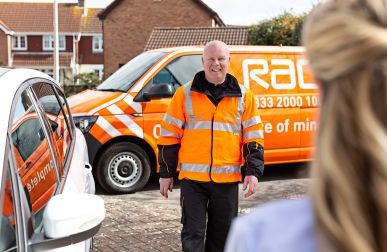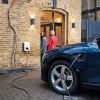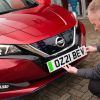New statistics from DfT show the UK’s transport revolution is well underway with EV registration numbers in the north of England rising to 74,677 last year.
DfT also revealed that there are now more than a quarter of a million EVs on UK roads – and the signs are that this trend is set to continue.
Sales of plug-in vehicles have also reached all-time highs, with 327,000 registered in 2021 – a 77% rise compared to 2020.
The government is aiming to reach 300,000 public electric vehicle chargepoints to deal with the increased demand. This is almost five times the number of fuel pumps on UK roads today.
Transport Secretary Grant Shapps said: “The UK continues to be a global front-runner in the switch to electric vehicles – helping drivers to save money on fuel while moving towards our net zero targets.”
Shapps also confirmed the government is providing £500 million funding to transform local on-street charging and boost reliability.
This could be a welcome relief to UK drivers, as according to a recent study, EV owners currently face paying nearly £1,000 more a year to charge their car on the public network compared to doing so at home.
The study, by electric car website Electrifying.com, found that UK motorists who are reliant on public infrastructure to charge their vehicles will be paying around £91.75 a month, compared to those who have off-street parking who pay around £13.75 over the same time period.
Currently, EV owners with access to their own charge point at home can also take advantage of cheaper overnight tariffs, saving themselves money on every charge.
Earlier this year, the RAC backed a major national campaign to speed up the switch to electric cars by removing many of the barriers currently facing drivers – including those who are unable to charge at home.
With the EV revolution accelerating across the country, a recent YouGov survey of nearly 500 existing and prospective learner drivers in Britain, revealed that nearly half (42%) of respondents would prefer their first car to be fully electric or in part electric i.e. a hybrid, after passing their driving test.
With EVs sparking the most interest amongst the next generation of full driving licence holders, the study showed that just a fifth (21%) of those polled would want to get behind the wheel of a petrol-only variant once they had lost their L-plates.
Just 6% of study participants said that they would opt for a diesel-engined vehicle once they passed.
Will you be making the switch to electric? We want to hear from you! Leave a comment below.
RAC Breakdown Cover
Join the RAC and get breakdown cover. Our patrols fix 4 out of 5 vehicles on the spot, with repairs done in just 30 minutes on average.
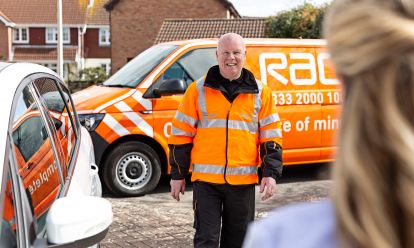

The RAC has recently launched Charge Watch to monitor the average cost of charging your EV on a pay-as-you-go, non-subscription basis at a public rapid or ultra-rapid charger.
It tracks price changes over time to make sure drivers get a fair deal.

